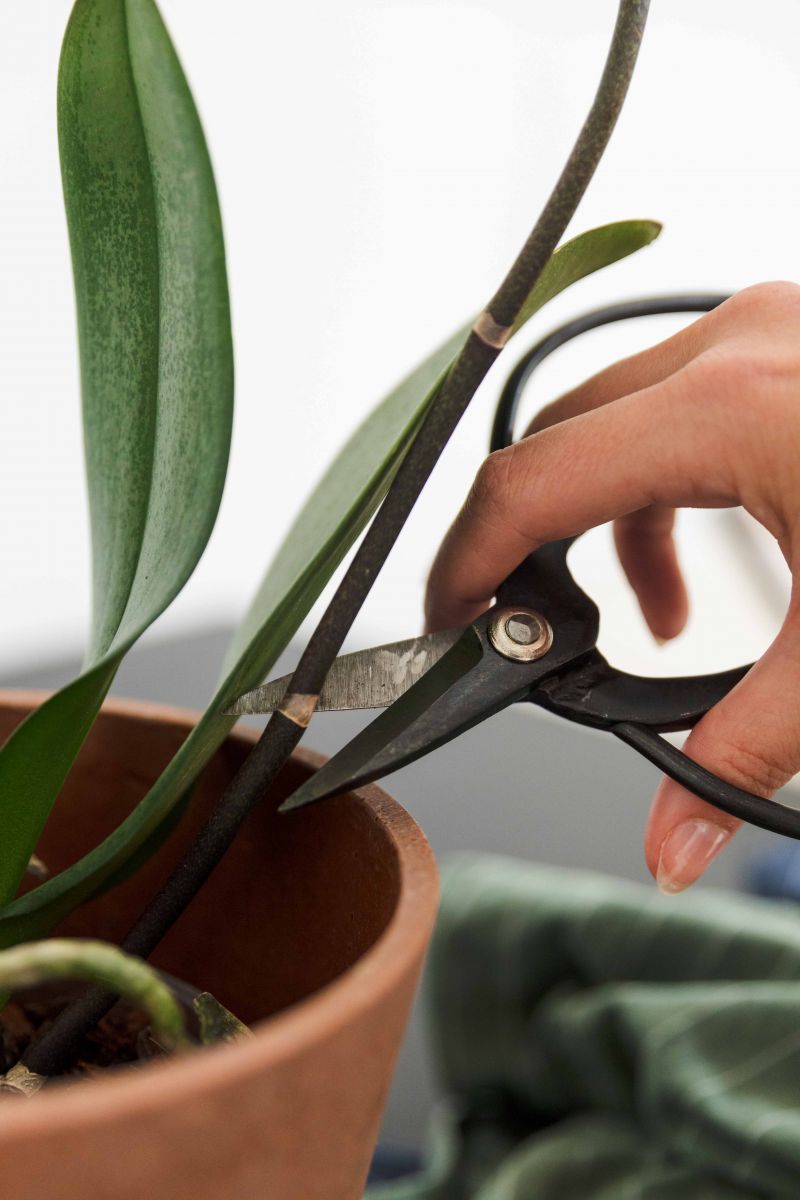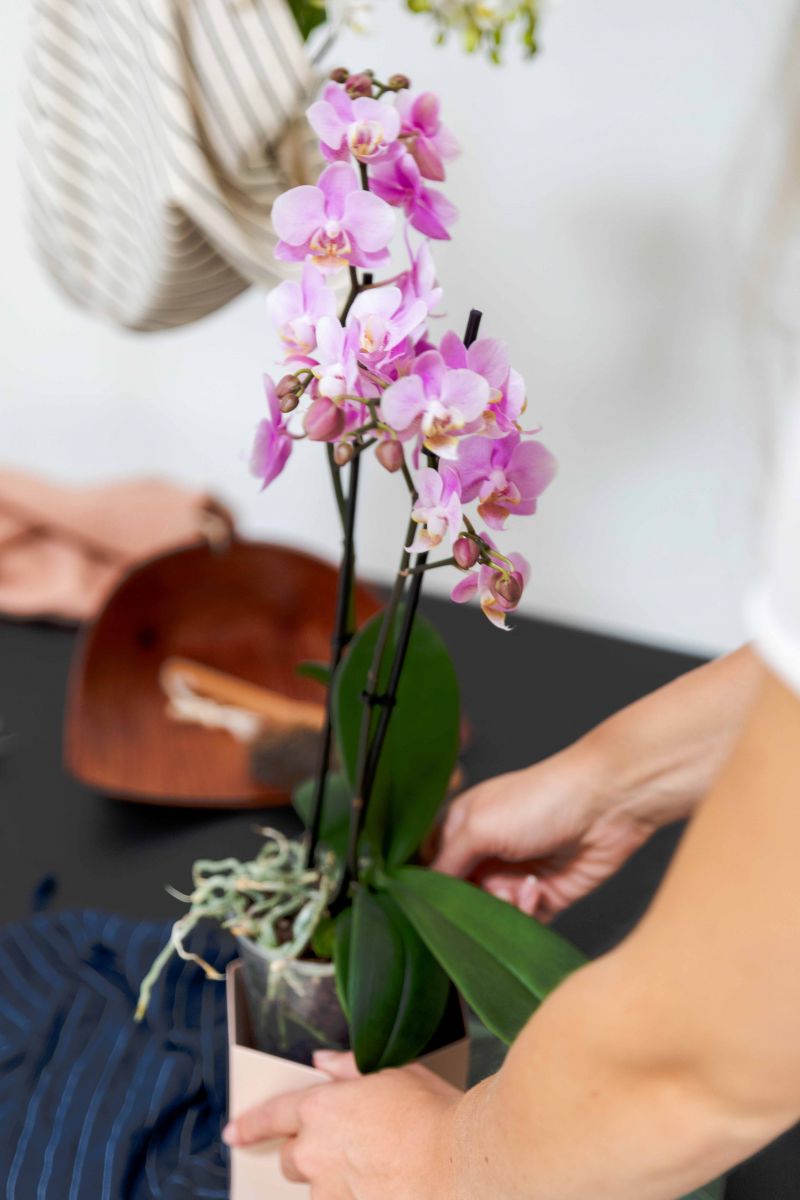How to make orchids bloom again?
Every year we look forward to the blooming of our orchids. That’s not surprising because, with all its beautiful colors and all the different shapes and sizes, it’s always a party! Unfortunately, the party always comes to an end. When an orchid has finished blooming, the beautiful flowers fall off. So what’s the best thing to do to make orchids bloom again? In any case, don’t throw it away! You can make orchids rebloom. You can read how to do that in this article.
How can you make orchids bloom again?
Since there are as many as 25,000 species of orchids, there is not one solution for all. That is why in this article you can read tips for a number of different types of orchids, such as Phalaenopsis, Cymbidium, Cattleya and Oncidium. That’s how you get them to bloom again!
My Phalaenopsis has finished flowering
To get a Phalaenopsis to flower again, it is necessary to cut off the branch above the second ‘eye’. Look at the bulges on the branch and start counting from the bottom. The branch above the second eye can be cut off up to twice, after which it is wise to cut the branch as low as possible. A Phalaenopsis can start flowering again after six months. After cutting, water the plant a little less and put it in a cooler place. If the plant is put back in its old place after about two months, the regular watering can be started again.
Read everything about the Phalaenopsis in this article!

My Cymbidium has finished blooming
With the Cymbidium, you can completely cut off the withered branch after flowering. Then you put it in a cool but light place for 10-12 weeks and water it a little less than usual. The Cymbidium develops a few new shoots that can give one or more branches again in the following year. Unlike the Phalaenopsis, the Cymbidium flowers once a year. The natural flowering occurs between September and April.
Repotting the Cymbidium
Repot the Cymbidium in the spring, when it starts to grow again. Remove the pot, making sure you damage as few roots as possible, so it’s a meticulous job! Rinse the roots well and place the Cymbidium in the new pot. Preferably fill it with orchid soil that is well moist and then add some (orchid) food immediately. After repotting, it is best not to water the Cymbidium for a few days, so that it can recover well.
Read all about the Cymbidium in this article!

My Cattleya has finished flowering
With the Cattleya there is no need to cut at all. Treat the plant after flowering in the same way as during flowering. The flower dries up on its own and falls off itself when it has finished blooming. After flowering, a new growth shoot will appear at the bottom of the spent shoot. A new flower stem emerges from the sheath, at the beginning of the leaf. The sheath provides protection at this early stage, when it is fully grown, it will flower. This whole process takes about six to nine months.
Repotting the Cattleya
Put the Cattleya in a larger pot every two years. Use fine bark (orchid soil with tree bark). This is an important step in the care of the Cattleya, it must be kept growing vigorously, because only the new shoots give flowers.
Read all about the Cattleya in this article!
.jpg)
My Oncidium has finished flowering
Cut off the branch with the faded flowers at the bottom of the flower stem. After flowering, place the Oncidium in a cooler place, but in a place where there is light (no direct sunlight) and you continue to give the spent Oncidium (orchid) nutrition once a month. The spent shoots of the Oncidium will not bloom again, it will produce new shoots. This shoot must thicken (bulb) and from this thickening a new flower stem emerges on the side of the longest leaf. When there are new flowers, the Oncidium can be returned to the living room. Note: the Oncidium forms aerial roots, these must not be removed. The natural bloom occurs in summer and autumn.
Repotting the Oncidium
You can repot an Oncidium if it gets too big. Do this immediately after flowering. You can then split the Oncidium into two or three new plants.
Read all about the Oncidium in this article!
